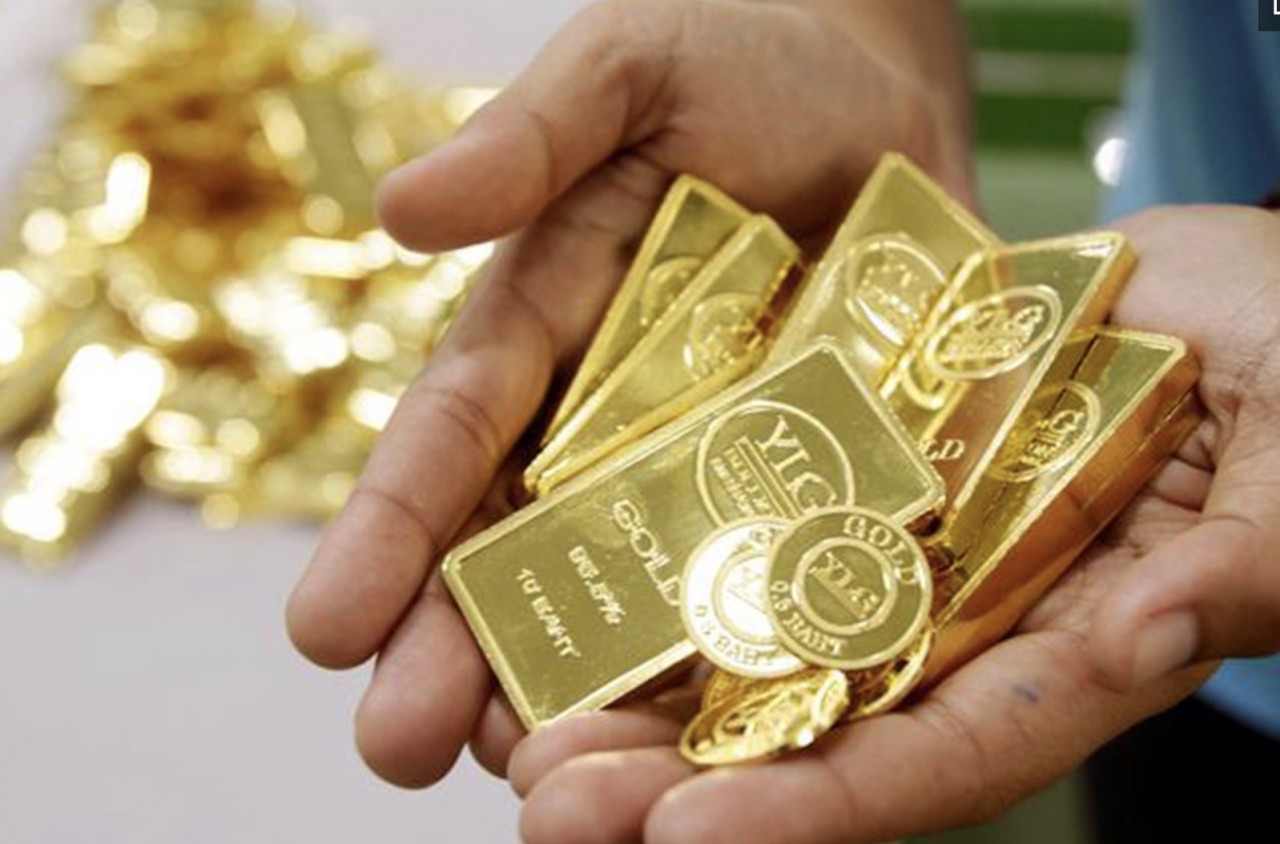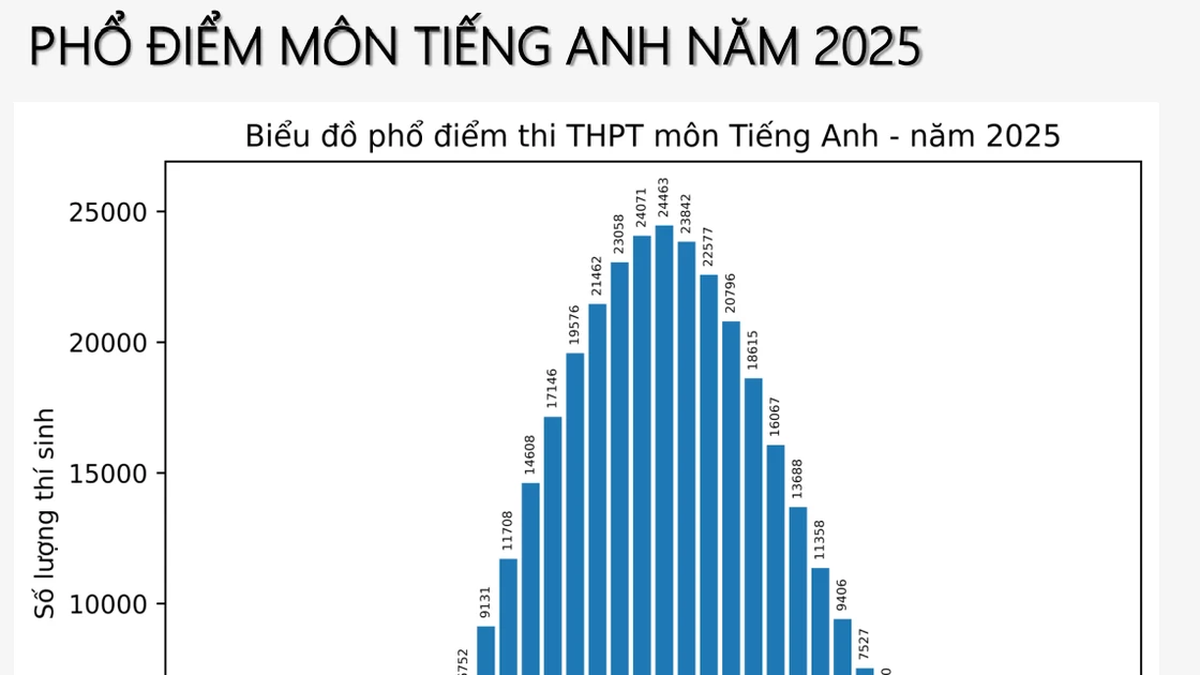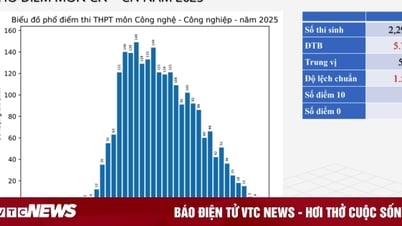 |
| Gold is bought strongly, challenging the position of the USD |
Gold is one of the oldest and most trusted forms of money in human history. Gold has been used as a store of value, a medium of exchange, and a unit of account for thousands of years. Gold is also considered a safe haven asset that can protect investors from inflation, currency devaluation, and geopolitical risks.
Gold has attracted the attention of central banks around the world in recent years, as they have been buying gold at a record pace. According to the World Gold Council (WGC), the rate of accumulation of gold by central banks around the world this year has increased sharply, not seen since 1967, when the US dollar was still backed by the precious metal.
Gold demand rose 28% year-on-year to 1,181 tonnes in the third quarter of 2022. A significant portion of this demand came from central banks, which hit a record of nearly 400 tonnes, bringing net central bank purchases to date to 673 tonnes.
But why are central banks buying so much gold? What are their motives and goals? What are the implications for the global monetary system and the US dollar?
Diversification and hedging
One of the main reasons central banks buy gold is to diversify their foreign exchange reserves and hedge against currency risks. Most central banks hold a large portion of their reserves in the US dollar, which is the world's dominant reserve currency. However, holding too much US dollar exposes them to fluctuations in the US economy and monetary policy, as well as the possibility of the dollar losing value due to inflation or political instability.
Gold, on the other hand, is considered a more stable and independent asset that can maintain its purchasing power over time. Gold is also less correlated with other assets and currencies, which means it can reduce volatility and risk in central bank portfolios. Furthermore, gold can act as a hedge against negative interest rates, which have become more common in some developed economies in recent years.
Some of the countries that have been big buyers of gold in recent quarters include Türkiye, Uzbekistan, India, China, and Russia. These countries have different economic and geopolitical situations, but they share some common factors that may explain their appetite for gold. Turkey, for example, has been dealing with high inflation, currency devaluation, and political instability for several years, which has eroded confidence in the US dollar and other fiat currencies. Uzbekistan is undergoing a transition from a centrally planned economy to a market-based one, requiring it to diversify its sources of income and wealth. India has a strong cultural affinity for gold and a large current account deficit that makes it vulnerable to external shocks.
Confidence and credibility
Another reason central banks buy gold is to increase their credibility and prestige in the eyes of domestic and international audiences. Gold is seen as a symbol of wealth, power and sovereignty. By increasing their gold holdings, central banks can signal their strength and stability to their people, markets and partners.
Gold can also help central banks maintain or increase their influence in regional and global affairs. By accumulating gold reserves, they can support their own currencies and alternative payment systems that bypass the dollar-dominated SWIFT network. They can also increase their voting power in international organizations such as the IMF, where gold is part of the quota formula.
Furthermore, gold can help central banks prepare for potential crises or conflicts that could disrupt the normal functioning of the global financial system. In such situations, gold can provide liquidity, security, and flexibility to central banks that may have difficulty accessing or using other reserve assets. Gold can also serve as a last resort asset that can be used to settle debts or obligations between countries.
Threat to the US dollar?
The growing demand for gold by central banks raises a number of questions about the future role of the US dollar as the world’s reserve currency. Does this mean that central banks are losing confidence in the US dollar? Are they trying to undermine its status and value? And how will this affect the US economy and its global leadership role?
The answer is not so simple or straightforward. While it is true that some central banks may have political or strategic motivations to reduce their reliance on or challenge the US dollar, that does not necessarily mean they will abandon it altogether or replace it with gold. The US dollar still has many advantages that make it attractive and indispensable for global trade, finance and investment. These include liquidity, depth, stability, acceptability and legal framework.
Furthermore, gold is not a perfect substitute for the US dollar or any other fiat currency. Gold has a number of limitations that limit its use and function as money. For example, gold is scarce, expensive to store and transport, difficult to verify and divide, susceptible to price volatility and manipulation, and lacks a clear legal framework.
Therefore, it is unlikely that central banks are buying gold with the intention or expectation of replacing the US dollar with gold as the global reserve currency. Instead, they are buying gold to supplement or supplement their existing reserve assets, especially in times of uncertainty or instability. Gold can provide them with a number of benefits that other assets cannot, such as diversification, hedging, confidence and prestige.
However, this does not mean that the USD is immune or invincible to any challenge or threat from gold or other currencies. The dominance of the USD depends on many factors that can change over time, such as economic performance, monetary policy, fiscal discipline, political stability, technological innovation and international cooperation. If these factors deteriorate or fail to meet the expectations of global investors and users, the demand and value of the USD relative to other assets or currencies may decline.
Source






































































































Comment (0)